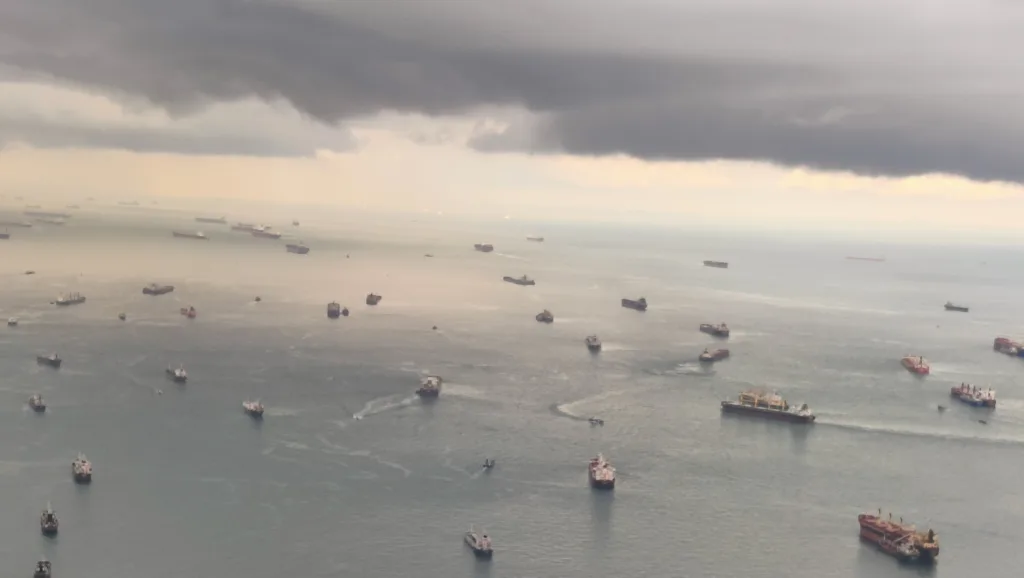Over the last couple of days, I had the pleasure to attend the International Maritime Security Conference (IMSC) organized by the Singapore navy.

The conference is a bi-annual heads of navy meeting accompanied by a defense exhibition (Imdex), a fleet show, as well as side events organized by the maritime security program by RSIS. The conference might not have an iconic name, but is the most important gathering of navies and maritime security experts in the region. It was my second time attending.
Here are 5 observations from the event:
The Sino American rivalry continues to dominate the debate.
While the South China Sea situation remains unresolved and continues to be an ongoing issue. The region is now much more clearly seen as a site of competition between the united states and China. The strategic tensions came to the fore in the presentations by both countries, prompting calls from several other speakers for greater efforts in mutual understanding and direct bilateral communication.
Europe doesn’t have a united presence in the region
As the only representative from a European union member state, German Chief of Navy Jan Christian Kaack spoke. He made an announcement regarding Germany’s intention to deploy another frigate to the region next year, emphasizing that this action is taken unilaterally to engage partners in the area. Notably, the European Union (EU) was not mentioned in his speech. At the fleet show, it became clear that Italy currently has a warship present, which also appears to be an independent action without direct EU coordination. These deployments raise eyebrows, particularly because the EU Council is presently discussing how the EU can become a united naval power as part of the EU Maritime Security Strategy upgrade. Perhaps it would be fitting for the EU’s foreign policy chief to visit the next IMSC and provide an explanation as to why it should be Europe that deploys warships to the region, as he recently suggested.
Coastguards are vital
For the first time IMSC featured a panel of heads of coastguard services. The panel was important as it flagged the concrete maritime security issues, including various blue crimes, the region is facing. While navies appear to think that these problems can be managed through presence and exercises, it is coastguards that address them on an everyday basis through cooperate action at sea. Arguably problems such as illicit fishing, human smuggling, narcotic smuggling and piracy require ongoing attention by the regional maritime security providers.
New sensor technology is coming and sometimes even green.
The defense exhibition showcased the rapid advancements in technology that are reshaping the maritime security landscape. Various drones were exhibited, along with emerging providers of satellite surveillance that specialize in detecting radio frequencies at sea. One remarkable highlight was a fully autonomous surveillance drone designed to operate at sea for up to 12 months, powered by wind and solar energy. These technological innovations have the potential to significantly enhance maritime domain awareness and the protection of critical maritime infrastructure. Furthermore, they represent initial strides towards achieving greener maritime security operations by reducing emissions.
ASEAN continues to struggle to develop a coherent maritime security policy.
ASEAN is the most important regional organization, but its struggle to balance national interests and diverging security priorities hinders it to integrate maritime security provisions. Projects such as a coastguard forum or even joint operations continue to be far away on the horizon. If the countries of the regions want to lower the impact of geopolitical competition and develop a stronger voice, they might want to prioritize ASEAN level integration.